Homeplus - Jinhae Branch [Tax Refund Shop] (홈플러스 진해)
10.1Km 2024-04-19
356, Chungjang-ro, Jinhae-gu, Changwon-si, Gyeongsangnam-do
-
Jehwangsan Park (제황산공원)
10.2Km 2021-11-01
52, Jungwondong-ro, Jinhae-gu, Changwon-si, Gyeongsangnam-do
+82-55-712-0442
Jehwangsan Park, located on Jehwangsan Mountain at the heart of Jinhae, is home to the nine-story Jinhae Tower. The tower, which symbolizes a Korean naval warship, stands at the top of a 365-step staircase and commands a splendid view of both the city and the coastline. On the first and second floors of the tower is the Jinhae City Museum, exhibiting folk models and relics excavated from Jinhae.
Jinhae is Korea’s representative naval port city and is rife with cultural relics related to Admiral Yi Sun-Sin (1545-1598), a Korean hero who led the nation to victory in naval battles against Japanese forces during the Imjin War (1592-1598). The city is also known as the venue of the famous Jinhae Gunhangje Festival, which is widely known as the nation’s largest cherry blossom festival.
Dongbang Hoetjip (동방횟집)
10.2Km 2024-02-08
20 Haewon-ro, Jinhae-gu, Changwon-si, Gyeongsangnam-do
Discover Changwon's local delicacy at this eatery: braised ray, a wide, diamond-shaped fish stewed in soybean paste with various seasonings and radish. In Korea, ray is often savored as a hearty stew or paired as a side dish with drinks. The braised ray here stands out for its perfect balance of robust seasoning and the delicate texture of the ray’s flesh. The flavorful broth is generously served, but try mixing it with rice for a complete meal. The menu also features fresh seafood offerings like assorted sliced raw fish, live octopus, and conch. The restaurant's popularity surged after being spotlighted on various Korean cooking shows, so it’s advisable to book in advance.
Korea Naval Academy Museum (해군사관학교박물관)
10.6Km 2020-07-07
1, Jungwon-ro, Jinhae-gu, Changwon-si, Gyeongsangnam-do
+82-55-549-1082
The Korean Naval Academy Museum was opened on January 17, 1976, on the 30th anniversary of the Korean Naval Academy. When it first opened, the museum consisted of only a small exhibition room, but later saw the addition of a life-sized, ironclad Geobukseon (turtle ship) on January 31, 1980. On February 23, 1981, an independent museum was built and on April 28, 1990, the museum was expanded to its current size.
Energy Environment Science Park - Energy Exhibition Hall (에너지환경과학공원 에너지전시관)
11.0Km 2021-03-18
101, Cheonja-ro, Jinhae-gu, Changwon-si, Gyeongsangnam-do
+82-55-712-0446
The Energy Exhibition Hall in the Energy Environment Science Park is designed in the shape of a sailboat to complement the oceanic scenery surrounding the museum. The exhibition hall consists of a showroom and an observation room that introduce the principles and usage of alternative energy. The exhibition center demonstrates how wind and photovoltaic power plants work, and in what ways clean renewable energy is being used. The center is also used as a solar power plant, and visitors can observe devices and facilities powered by future energy sources.
Kyungnam University Museum (경남대학교 박물관)
11.1Km 2024-11-07
7 Gyeongnam-daehak-ro, Masanhappo-gu, Changwon-si, Gyeongsangnam-do
Jangyu Daecheonggyegok Valley (장유대청계곡)
12.4Km 2022-08-12
Wolsan-ro, Gimhae-si, Gyeongsangnam-do
+82-55-350-1931
The 6-kilometer-long Jangyu Daecheonggyegok Valley is located at the foot of Bulmosan Mountain, where the water flowing into the valley divides into two principal streams. Lush trees and clean water make up the area’s beautiful natural landscape. A 30-minute hike along the valley will take hikers to Jangyuam Hermitage where they will find the stupa of Jangyuhwasang, who is said to have spread Buddhism for the first time in Korea.
Visitors flock to Jangyu Daecheonggyegok Valley not only to enjoy the scenery, but also to taste the delicious duck, chicken, and baeksuk (chicken soup with rice) dishes sold around the area. In 1984, the valley was integrated into Jangyupokpo Recreational Park where bridges were built and water supply facilities were placed at two locations. Sangjeolgyo Bridge at the entrance to the valley is 30 meters, while Bonpogyo Bridge is 4 meters. A 1,720 meter-long forest trail was also created. The rugged mountain terrain offers a challenging, yet highly interesting climb up the mountain.
Mageumsan Hot Springs (마금산원탕)
13.3Km 2020-06-04
1167, Cheonju-ro, Uichang-gu, Changwon-si, Gyeongsangnam-do
55-298-4400
Also referred to as Buk-myeon Hot Springs after the name of the region, Mageumsan Hot Springs is 13 kilometers north of Rural Route 1045 from Euichang-dong in Changwon and takes approximately 20 minutes to get to by car. Mageumsan Hot Springs rises 200 meters above sea level, contains a slightly alkaline enriched water of 55℃ or more, and consists of over 20 mineral substances including natrium, radium, manganese, ion sulfate, and others. Mageumsan Hot Springs are known to be effective in helping arthritis, women's diseases, neuralgia, depression, etc., and are frequently visited by travelers.
Records of Mageumsan Hot Springs are listed in the ancient texts of King Sejong's Geographical Book, Survey on Civilization (Dongguk-yeojiseungnam), and more, illustrating that these hot springs were of great importance in ages past. The hot springs were temporarily closed in the later period of the Joseon Dynasty but were reopened by a man named Tokunaga from Japan. Later, Jin-Il Sohn, a resident of the area took ownership of the hot springs.
Outstanding scenery complements the hot springs with Cheonmasan Mountain (370m), Mageumsan Mountain
and Baekweolsan Mountain (400m) located nearby. In particular, there is a legend that surrounds Baekweolsan Mountain
and people like to climb this mountain and then relax by bathing in the hot springs.
Birthplace of the16th President of Korea, Roh Moo-hyun (진영 봉하마을과 노무현 대통령 생가)
13.4Km 2022-12-29
129, Bongha-ro, Gimhae-si, Gyeongsangnam-do
+82-1688-0523
Bongha Village is located 4.5km to the east of Jinyeong-eup, on the foot-slopes of Bonghwasan mountain. It is a typical farming village, and its major produce is Jinyeong sweet persimmons and rice. Its name comes from the mound above it on Bonghwasan mountain, where in the past beacons were lit as a method of communication. Bonghwasan mountain is home to Bonghwasa temple and two famous valleys: Doduk (thief) valley on the east side, named because of the many thieves that used to operate in the area, and Yasi (fox) valley on the west side, which looks like a fox lying on its front, looking back at its tail.
Birthplace of the former President of Korea, Roh Moo-hyun
The birthplace of the former President of Korea, Roh Moo-hyun, is a brick house with a slate roof that consists of two small rooms and a kitchen. Although it is a shabby house, everything in it seems rare and precious to visitors. The earth, stones, and water, as well as household items, are popular with visitors. Some visitors even take stones and soil from the garden home with them in plastic bags, and some take water, believing that water from the ex-president’s birthplace is almost sacred.
Hackberry Tree in Bukbu-ri (창원북부리팽나무)
13.8Km 2024-02-15
102-1 Bukbu-ri, Uichang-gu, Changwon-si, Gyeongsangnam-do
Hackberry Tree in Bukbu-ri is the most famous “celebrity tree” in Changwon. It became famous after appearing in episodes 7 and 8 of the popular drama “Extraordinary Attorney Woo (2022).” The tree sits on a hilltop, allowing visitors to enjoy the cool breeze and the panoramic view of Changwon's old neighborhood. Bukbu-ri village entrance has signposts leading to the hackberry here and there with drawings of dolphins symbolizing the drama (the drama protagonist’s favorite animal), making it convenient for tourists to reach the tree. The hackberry tree is estimated to be over 500 years old, and its size and scale cannot be captured with a camera in one frame. It is a protected tree designated by the state, visitors are advised to refrain from touching or getting close to the tree.
![Homeplus - Jinhae Branch [Tax Refund Shop] (홈플러스 진해)](http://tong.visitkorea.or.kr/cms/resource/92/2886292_image2_1.jpg)

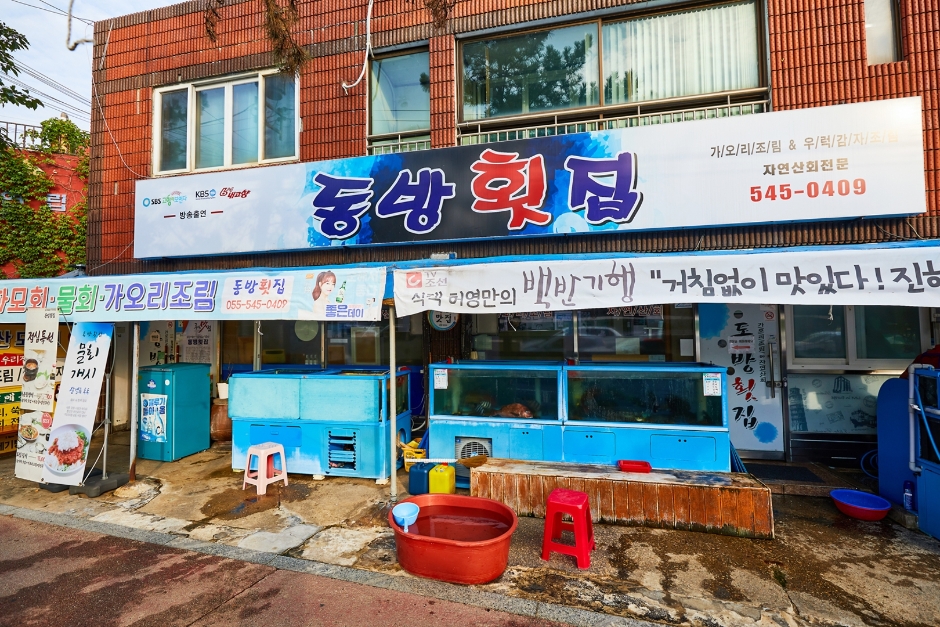
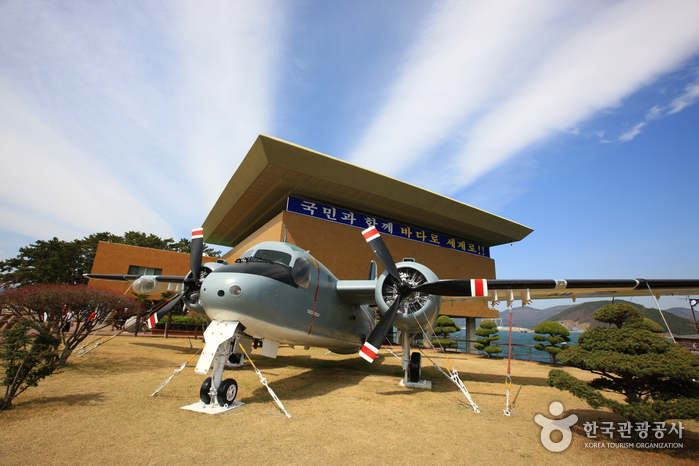
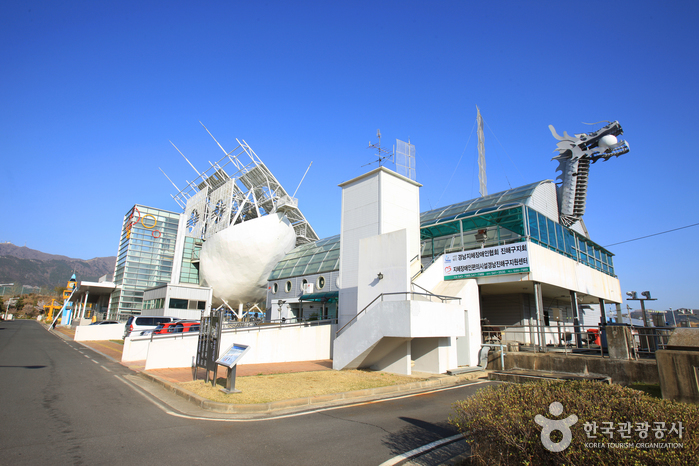

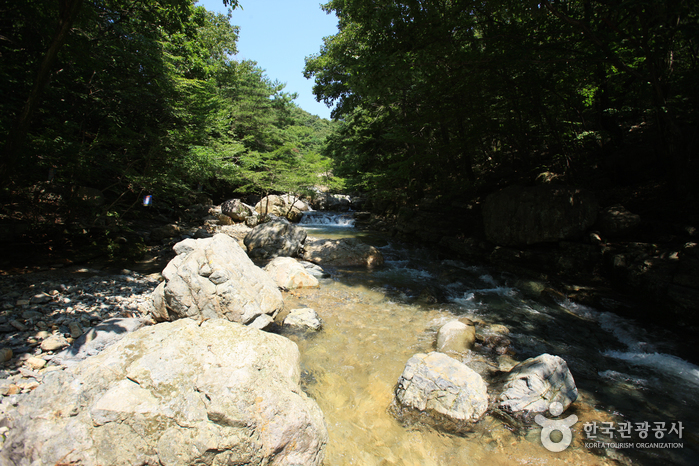
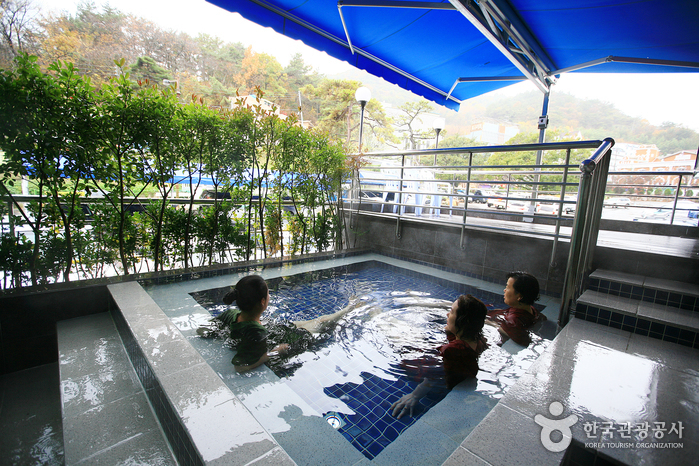
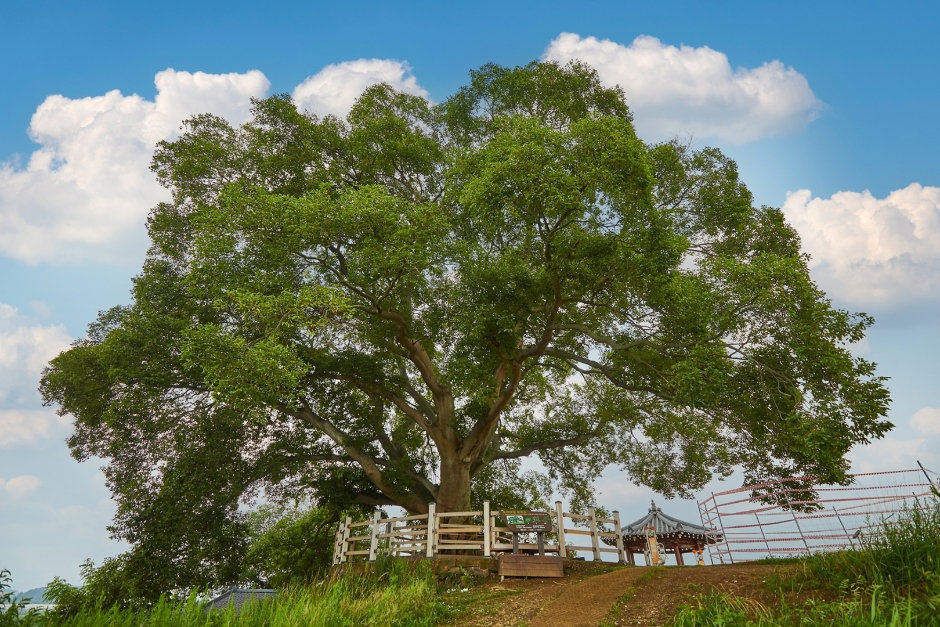
 English
English
 한국어
한국어 日本語
日本語 中文(简体)
中文(简体) Deutsch
Deutsch Français
Français Español
Español Русский
Русский